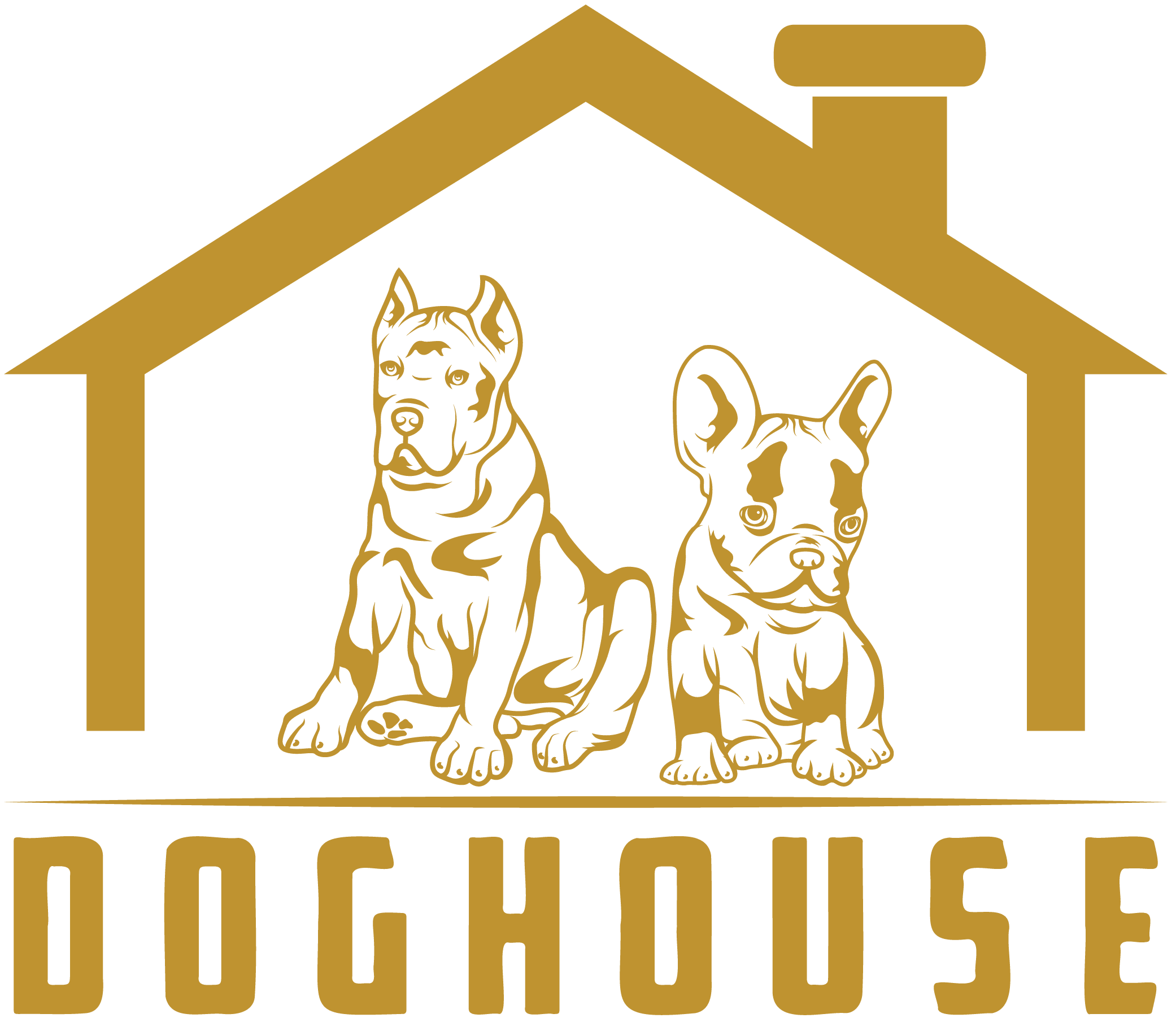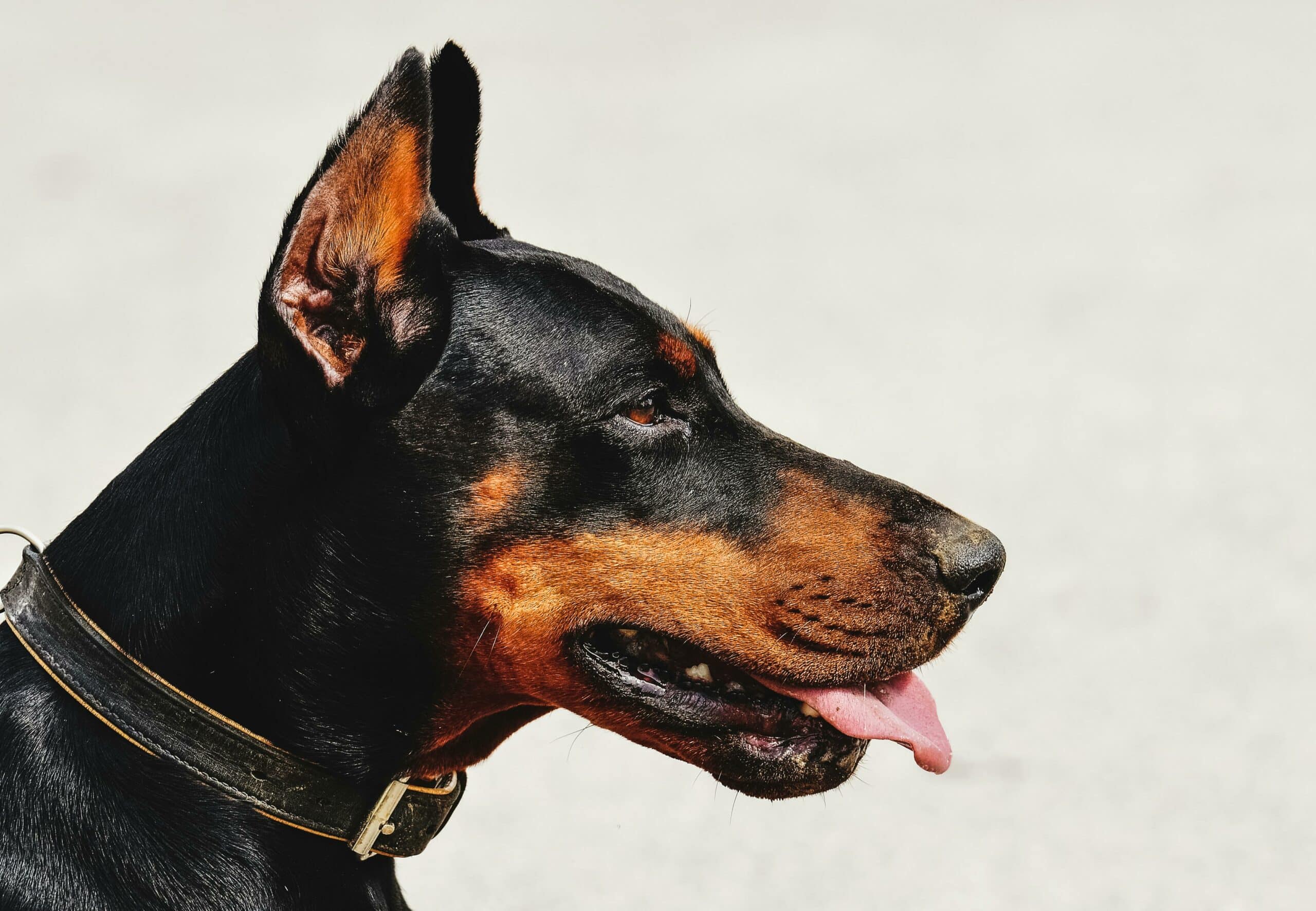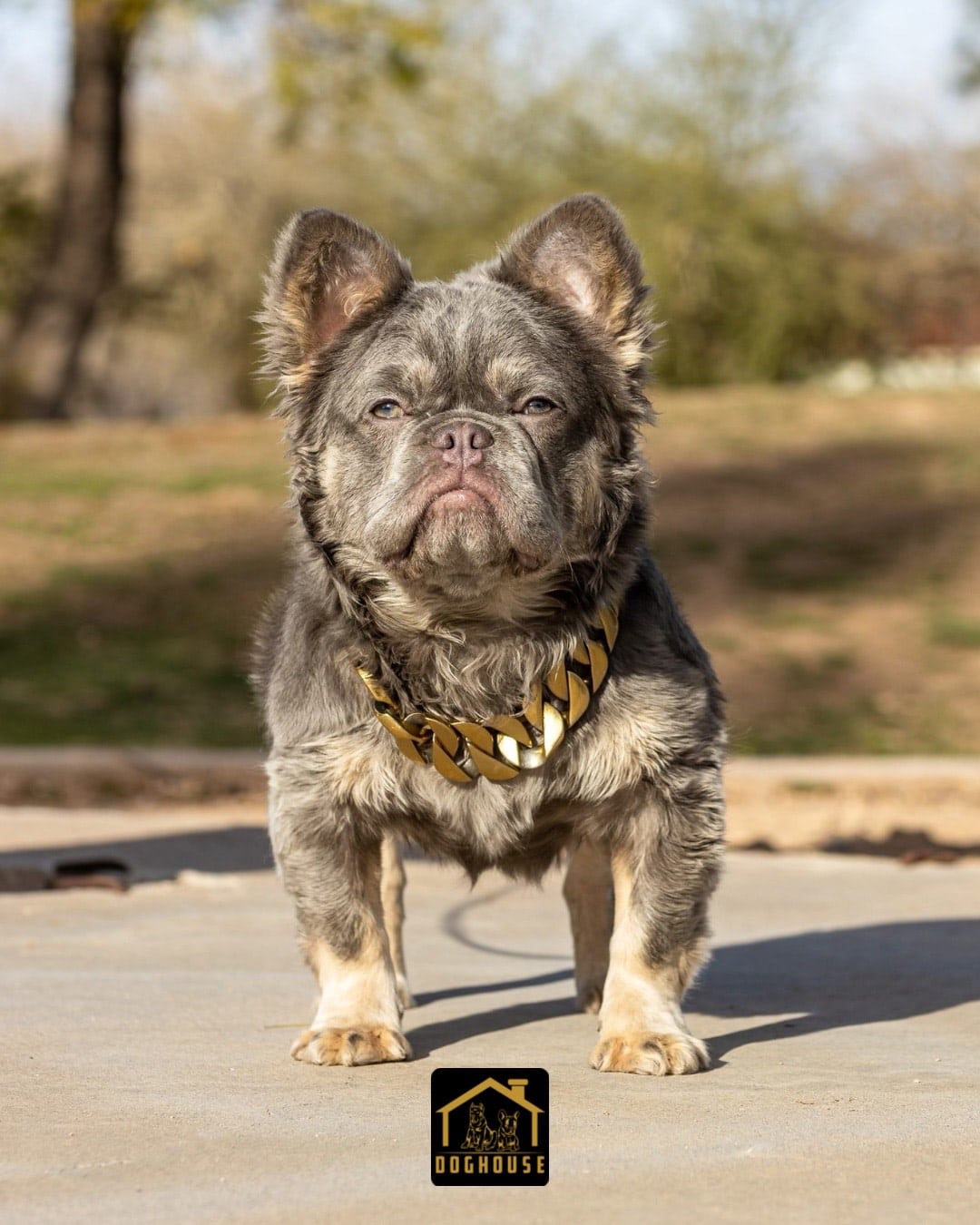The Dobermann, renowned for its elegant stature and vigilant nature, is a breed that epitomizes both strength and grace. Originally bred in Germany in the late 19th century, this breed has evolved from a guardian and protector to a versatile and beloved companion. Characterized by its sleek coat, athletic build, and keen intelligence, the Dobermann is as much a loyal family member as it is an effective working dog. Known for their deep devotion and protective instincts, Dobermanns have garnered a reputation as one of the most reliable and trainable breeds, making them a popular choice for both home environments and various service roles. Their distinct appearance and dynamic personality continue to captivate dog enthusiasts around the world.
History
The Dobermann, also known as the Doberman Pinscher in North America, has a rich history that dates back to the late 19th century. This breed was developed by Karl Friedrich Louis Dobermann, a German tax collector, who sought to create a medium-sized guard dog to accompany him during his collections. The exact mix of breeds used to develop the Dobermann is unclear, but it is believed to include the old German Shepherd, Rottweiler, Weimaraner, and German Pinscher, with possible later additions of the Greyhound and Manchester Terrier to refine the breed. Dobermann’s goal was to produce a dog that was intelligent, loyal, and protective.
After Dobermann’s death, the breed gained recognition and a dedicated breed club was established in 1899. The Doberman’s versatility was particularly evident during the World Wars, where they served as messenger dogs, sentries, and rescue dogs. Post-war breeding efforts focused on tempering the breed’s aggression, enhancing its suitability as a family pet while retaining its intelligence and loyalty.
Today’s Dobermans are known for their sleek, athletic build and regal appearance. They have a more stable and less aggressive temperament compared to their early counterparts, making them well-suited for various roles including search and rescue, police work, and as therapy dogs, in addition to being beloved family companions. Despite their evolution into a more versatile breed, Dobermans still retain some health concerns typical of purebreds, such as cardiomyopathy and hip dysplasia. The modern Doberman stands as a testament to the breed’s successful development from a dedicated protector to a versatile and loyal companion.
Doberman Temperament
The Doberman, known for its intelligence and loyalty, has a temperament that makes it an excellent companion as well as a versatile working dog. Key aspects of the Doberman’s temperament include:
- Loyal and Protective: Dobermans are extremely loyal to their families and are naturally protective. This protective instinct makes them excellent guard dogs. They are known to be reserved and sometimes suspicious of strangers, which contributes to their guarding capabilities.
- Intelligent and Trainable: They are highly intelligent and learn quickly, making them easy to train. This intelligence, combined with their eagerness to please their owners, allows them to excel in obedience and various dog sports.
- Energetic and Playful: Dobermans are energetic and require regular exercise to maintain their physical and mental health. They enjoy being active, whether it’s going for a run, playing fetch, or participating in agility courses.
- Affectionate with Family: Despite their tough exterior, Dobermans are often affectionate and gentle with their family members. They thrive on human companionship and can be very loving and devoted pets.
- Good with Children and Other Pets: When properly socialized from a young age, Dobermans can get along well with children and other pets. However, their size and energy level should be monitored to ensure safe interactions.
- Alert and Responsive: They are naturally alert and will quickly respond to perceived threats, making them excellent watchdogs. Their alertness also makes them very responsive to their owner’s commands and cues.
- Confident and Assertive: Dobermans are confident dogs, and this confidence can sometimes translate into assertiveness. Proper training and socialization are important to ensure that this assertiveness does not become problematic.
- Potential for Stubbornness: While they are generally eager to please, Dobermans can sometimes show a stubborn streak. Consistent, positive reinforcement training methods work best with this breed.
It’s important to note that, like any breed, individual Dobermans can vary in temperament. Genetics, upbringing, training, and socialization play significant roles in shaping an individual dog’s personality. Early socialization and training are crucial for ensuring that a Doberman grows into a well-adjusted adult dog.
How Much is a Doberman
Based on the most recent data gathered from various sources, the average price of a Doberman in 2024 can be estimated as follows:
- Adoption Costs: Adopting a Dobermann typically ranges between $250 and $800. This option is generally more affordable and supports rescue organizations.
- Breeder Prices: For a pet-quality Dobermann purchased from a reputable breeder, the price range is quite broad. The average cost is approximately $1,000 to $3,125, with a general average estimated at around $2,062.50. This price can vary based on factors such as the breeder’s reputation, the dog’s lineage, and location.
- Show-Quality Dobermanns: For those interested in show-quality Dobermanns, especially those with champion bloodlines, the price is significantly higher. The range provided by sources is between $1,000 and $7,000, with some exceptional cases where the price can go up to $10,000. This higher cost reflects the pedigree, potential show capabilities, and often, the additional health testing and guarantees provided by the breeders.
- Factors Influencing Price: The price of a Dobermann can be influenced by various factors including the breeder’s reputation, the dog’s lineage, health screenings, and whether the dog is intended for show or as a pet.
- Additional Costs: Beyond the purchase price, potential owners should also consider the costs of initial veterinary care (such as vaccinations and spaying/neutering), supplies (like a crate, bedding, and food), and ongoing expenses (including food, grooming, training, and healthcare).
This updated pricing information provides a more current and comprehensive understanding of the costs associated with acquiring a Dobermann in 2024. It’s important for potential owners to consider both the initial purchase price and the long-term financial commitment required for the care and well-being of the dog.
Doberman’s Life Expectancy
The life expectancy of a Doberman typically ranges between 10 to 13 years. This is a general estimate for the breed, but individual lifespan can vary based on various factors such as genetics, overall health, diet, exercise, and the quality of care provided throughout their life.
Common Health Issues
Dobermanns, like many large dog breeds, are prone to certain health issues that can impact their lifespan. Some of the common health concerns in Dobermanns include:
- Cardiomyopathy: A heart condition that is particularly prevalent in this breed, affecting the heart’s ability to pump blood effectively.
- Hip Dysplasia: A genetic condition where the hip joint doesn’t fit together perfectly, which can lead to arthritis and mobility issues.
- Von Willebrand’s Disease: A blood clotting disorder common in Dobermanns.
- Gastric Torsion (Bloat): A serious condition where the stomach twists on itself, which can be life-threatening and requires immediate veterinary attention.
- Cancer: Like many breeds, Dobermanns can be susceptible to various forms of cancer as they age.
Proactive care, including regular veterinary check-ups, a healthy diet, regular exercise, and addressing any health issues promptly, can help in maintaining their health and potentially extending their lifespan. Additionally, purchasing a Dobermann from a reputable breeder who conducts health screenings can also help in ensuring the long-term health of the dog.
Doberman Size
The Dobermann is a medium to large-sized breed with a strong, muscular build. The size of a Dobermann can vary slightly between males and females. Here are the general size specifications:
Males:
- Height: Typically, male Dobermans stand about 26 to 28 inches (66 to 71 cm) tall at the shoulder.
- Weight: They usually weigh between 75 to 100 pounds (34 to 45 kg).
Females:
- Height: Female Dobermans are slightly smaller, usually standing about 24 to 26 inches (61 to 66 cm) tall at the shoulder.
- Weight: Their weight ranges from about 60 to 90 pounds (27 to 41 kg).
These measurements can vary slightly depending on the specific dog and its lineage. Dobermanns are known for their sleek, powerful, and athletic build, which contributes to their agility and speed. It’s important for owners to maintain their Dobermann’s fitness and health with appropriate diet and exercise, as this breed can be prone to obesity, which can lead to other health issues. Regular exercise and a well-balanced diet are key to keeping a Dobermann in good shape.
Doberman Puppy Weight Chart
When monitoring the growth of Dobermann puppies, it’s important to keep in mind that the weight ranges provided in the chart are general estimates, and individual puppies may vary. Some may fall outside these ranges and still be perfectly healthy. Typically, Dobermanns reach their full height by the age of one year, but they often continue to gain muscle and girth until they are about 18 to 24 months old. Therefore, while height growth may slow down after the first year, they can still undergo significant physical development.
| Age (Months) | Male Weight (lbs) | Female Weight (lbs) |
|---|---|---|
| 1 | 10 – 15 | 8 – 13 |
| 2 | 20 – 30 | 15 – 25 |
| 3 | 30 – 40 | 25 – 35 |
| 4 | 40 – 50 | 30 – 40 |
| 5 | 50 – 60 | 35 – 45 |
| 6 | 60 – 70 | 40 – 50 |
| 7 | 65 – 75 | 45 – 55 |
| 8 | 70 – 80 | 50 – 60 |
| 9 | 75 – 85 | 55 – 65 |
| 10 | 80 – 90 | 60 – 70 |
| 11 | 85 – 95 | 65 – 75 |
| 12 | 90 – 100 | 70 – 80 |
Regular veterinary check-ups are crucial to ensure that your Dobermann puppy is growing at a healthy rate. These check-ups can help identify and address any potential health issues early on. Additionally, maintaining a balanced diet is key. Both overfeeding and underfeeding should be avoided, as proper nutrition plays a critical role in the healthy development of the puppy. Adjusting food intake and monitoring weight gain are important steps in ensuring that your Dobermann grows into a healthy, strong adult dog.
Doberman Colors
Dobermans are known for their sleek and elegant coat, which comes in a few standard colors. The most common coat colors for Dobermans are:
- Black and Rust: This is the most recognized color for Dobermanns. They have a black base coat with rust-colored markings above the eyes, on the muzzle, chest, legs, and below the tail.
- Red and Rust: Red Dobermanns have a reddish-brown base coat with rust markings similar to the black and rust variety. The red can range from a light cinnamon to a dark mahogany color.
- Blue and Rust: Blue Dobermanns have a grayish-blue base coat with rust markings. The blue color is due to a dilution gene affecting the black base coat.
- Fawn (Isabella) and Rust: Fawn Dobermanns, sometimes referred to as Isabella, have a light tan or beige base coat with rust markings. Like the blue, this color is a result of a dilution gene, but affecting the red base coat.
- White (Albino): White or albino Dobermanns are very rare and are a result of a genetic mutation. They have a white or very light-colored coat with blue eyes. It’s important to note that albino Dobermanns can have various health issues, including sensitivity to sunlight and increased risk of skin cancer.
- Melanistic (All Black): Very rarely, Dobermanns can be all black without the rust markings. This is not a standard color and is not recognized by most kennel clubs.
When selecting a Doberman, it’s essential to consider more than just coat color, as it does not impact the dog’s temperament or overall health. However, it’s worth noting that some coat colors can be associated with specific health issues. For instance, Dobermans with blue and fawn coats may be more prone to skin and coat problems due to the dilution gene that affects their coloring. Additionally, the American Kennel Club (AKC) only recognizes the first four colors (Black and Rust, Red and Rust, Blue and Rust, Fawn and Rust) for show purposes, which is an important consideration for those interested in dog shows.
White or albino Dobermans, which are quite rare, present a unique case. These dogs, due to a genetic mutation, have a white or very light-colored coat and often have blue eyes. They face additional health challenges, including increased sensitivity to sunlight and a higher risk of skin cancer. Special care is required for these dogs to ensure their well-being.
When choosing a Dobermann, prioritizing health and temperament is crucial. While having a preference for a particular color is common among prospective owners, it’s important to remember that a dog’s personality, training, and health are far more significant in the long run than its coat color. A well-bred Dobermann, regardless of color, can be a loyal, intelligent, and loving companion.
Image of Doberman

Doberman Grooming
Grooming a Doberman is relatively straightforward due to their short coat, but regular grooming is still important for their overall health and well-being. Here are the key aspects of grooming a Dobermann:
- Brushing: Despite their short hair, Dobermanns do shed. Brushing them once or twice a week with a firm bristle brush or a grooming mitt can help remove loose hair and keep their coat shiny. This also helps to distribute natural skin oils, which keeps their coat healthy.
- Bathing: Dobermanns don’t need frequent baths, but they should be bathed when necessary, such as when they get particularly dirty or start to have a doggy odor. Using a mild dog shampoo will help keep their skin and coat in good condition.
- Nail Trimming: Regular nail trimming is important to prevent discomfort and potential health issues. If you can hear their nails clicking on the floor, it’s time for a trim. Many dog owners opt to have a professional groomer or veterinarian handle nail trimming.
- Ear Care: Dobermanns have ears that can be prone to infection, especially if they are cropped. Regular cleaning with a vet-approved ear cleaner can help prevent infections. It’s important to check their ears weekly for bad odor or redness, which can be signs of an infection.
- Dental Care: Regular dental care is crucial. Brushing their teeth several times a week with dog-specific toothpaste can help prevent tartar build-up and gum disease. Dental chews and toys can also be beneficial for dental health.
- Skin Care: Regular checks for any signs of skin issues, such as dryness, flakiness, or redness, are important. The Dobermann’s short coat makes it easier to spot any skin problems.
- Paw Care: Checking their paws regularly for any signs of injury, such as cracked pads or lodged debris, is important. In winter, their paws may need extra care to protect against cold surfaces and salt.
- Grooming for Show Dogs: If you have a show Dobermann, there may be additional grooming requirements to meet specific show standards.
Regular grooming not only keeps your Dobermann looking good but also provides an opportunity to check for any signs of health issues. It’s also a great way to bond with your dog. If you’re unsure about any aspect of grooming, it’s always a good idea to consult with a professional groomer or your veterinarian.
Conclusion
The Dobermann is a breed that stands out for its intelligence, loyalty, and versatility. With their sleek coat, muscular build, and alert demeanor, they make both excellent companions and effective working dogs. While they require consistent training and socialization, their eagerness to learn and desire to please make them a joy to work with. Their grooming needs are relatively minimal, but regular care is important to maintain their health and appearance. Prospective owners should be prepared for a committed and active role in their Dobermann’s life, as this breed thrives on interaction, exercise, and mental stimulation. With the right care and training, a Dobermann can be an incredibly rewarding addition to any home, offering both protection and unwavering companionship.











